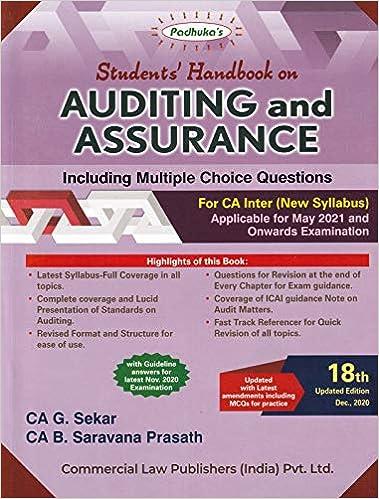Wiliams incorporated produces a single product, a part used in the manufacture of automobile transmissions. Known for its quality and performance, the part is sold to luxury auto manufacturers around the world. Because this is a quality product, Williams has some flexibility in pricing the part. The firm calculates the price using a variety of pricing methods and then chooses the final price based on that information and other strategic information. A summary of the key cost information follows. Williams expects to manufacture and sell 54,500 parts in the coming year. While the demand for Williams's part has been growing in the past 2 years, management is not only aware of the cyclical nature of the automobile industry, but also concerned about market share and profits during the industry's current downturn. Required: 1. Determine the price for the part using a markup of 43% of full manufacturing cost. 2. Determine the price for the part using a markup of 22% of full life-cycle cost. 3. Determine the price for the part using a desired gross margin percentage to sales of 42% 4. Determine the price for the part using a desired life-cycle cost margin percentage to sales of 21%. 5. Determine the price for the part using a desired before-tax teturn on investment of 11%. 6. Determine the total contribution margin and total operating profit for each of the methods in requirements 1 through 5 . Complete this question by entering your answers in the tabs below. Determine the price for the part using a markup of 43% of full manufacturing cost. (Do not round intermediate calculations. Round your answer to 4 decimat places.) Determine the price for the part using a markup of 43% of full manufacturing cost. (Do not round intermediate calculations. Round your answer to 4 decimal places.) Determine the price for the part using a markup of 22% of full life-cycle cost. (Do not round intermediate calculations. Roung your answer to 4 decimal places. Determine the price for the part using a desired gross margin percentage to sales of 42%. (Do not round intermediate) calculations. Round your answer to 4 decimal places.) Determine the price for the part using a desired iffe-cycle cost margin percentage to sales of 21%. (Do not round intermediate calcutationis Round your answer to 4 decimaf places.) Determine the price for the part using a desired iffe-cycle cost margin percentage to sales of 21%. (Do not round intermediate calcutationis Round your answer to 4 decimaf places.) Determine the price for the part using a desired before-tax return on investment of 11%. (Do not round intermediate caiculations. Round your answer to 4 decimal places.? Determine the total contribution margin and total operating profit for each of the methods in requirements 1 through 5 . (Do not round intermediate calculations.)














